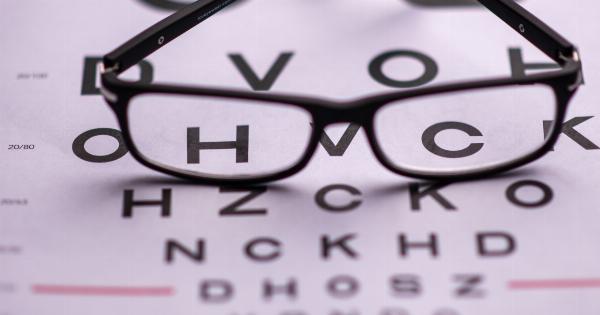World Thrombosis Day is an annual global initiative dedicated to raising awareness about thrombosis, a condition characterized by the formation of blood clots in the veins and arteries.
Every year, on 13th October, individuals and organizations from around the world come together to educate people about thrombosis and its prevention. Thrombosis is a significant health concern both in developed and developing countries, and it is responsible for millions of deaths worldwide.
What is Thrombosis?
Thrombosis is the formation of blood clots in the veins or arteries, which disrupts the normal flow of blood, causing damage to organs, tissues, and even death.
Blood clotting is a natural process that occurs after injury to the blood vessels, where platelets (tiny blood cells) and proteins in the blood work together to form a clot, which stops the bleeding. However, in cases where blood clots form without injury, thrombosis can occur. The most common types of thrombosis are venous thrombosis, which occurs in the veins, and arterial thrombosis, which affects the arteries.
What are the Causes of Thrombosis?
Thrombosis can occur in people of all ages and backgrounds. Some risk factors that increase the likelihood of developing thrombosis include:.
- Smoking: Smoking damages the blood vessels and increases the risk of blood clots
- Obesity: Being overweight or obese increases the risk of developing thrombosis
- Pregnancy: Pregnant women are at higher risk of developing thrombosis due to changes in hormone levels and increased pressure on the blood vessels
- Oral contraceptive pills: Contraceptive pills containing estrogen increase the risk of thrombosis
- High blood pressure: Individuals with high blood pressure have a higher risk of developing thrombosis
- Family history of thrombosis: People with a family history of thrombosis are at higher risk of developing the condition
What are the Symptoms of Thrombosis?
The symptoms of thrombosis depend on the location of the blood clot. The symptoms of venous thrombosis include:.
- Pain and swelling in the affected area (usually the legs)
- Warmth and redness in the affected area
- Difficulty walking or standing
- Skin discoloration
The symptoms of arterial thrombosis include:.
- Severe pain in the affected area
- Numbness and tingling in the affected area
- Weakness or paralysis in the affected area
- Coldness and pale skin
- Blue or purple coloration of the skin
How to Treat Thrombosis?
The treatment of thrombosis depends on the location and severity of the blood clot. The aim of treatment is to prevent the clot from getting larger and to minimize the risk of complications. Some of the treatment options for thrombosis include:.
- Anticoagulants: Anticoagulant medications such as heparin, enoxaparin, and warfarin are used to prevent blood clots from forming and to break up existing clots
- Thrombolytics: Thrombolytic drugs such as tissue plasminogen activator (tPA) are used to dissolve blood clots in emergency situations
- Compression stockings: Compression stockings help to prevent blood clots from forming by improving blood flow in the legs
- Surgery: Surgery may be required in severe cases to remove the blood clot and restore normal blood flow
Prevention of Thrombosis
Thrombosis is a preventable condition, and adequate measures can reduce the risk of developing the condition. Some of the preventive measures include:.
- Exercise regularly to improve circulation and maintain a healthy weight
- Avoid smoking and exposure to secondhand smoke
- Avoid prolonged sitting or standing
- Wear compression stockings if recommended by a healthcare provider
- Drink plenty of water to prevent dehydration
- Monitor blood pressure and cholesterol levels
Conclusion
Thrombosis is a serious condition that can have severe consequences if left untreated. However, with early detection and appropriate treatment, the outcome of thrombosis can be favorable.
World Thrombosis Day aims to raise awareness about the condition and its prevention, and it is an opportunity for individuals and organizations to come together and make a positive impact on the lives of millions of people worldwide.





























